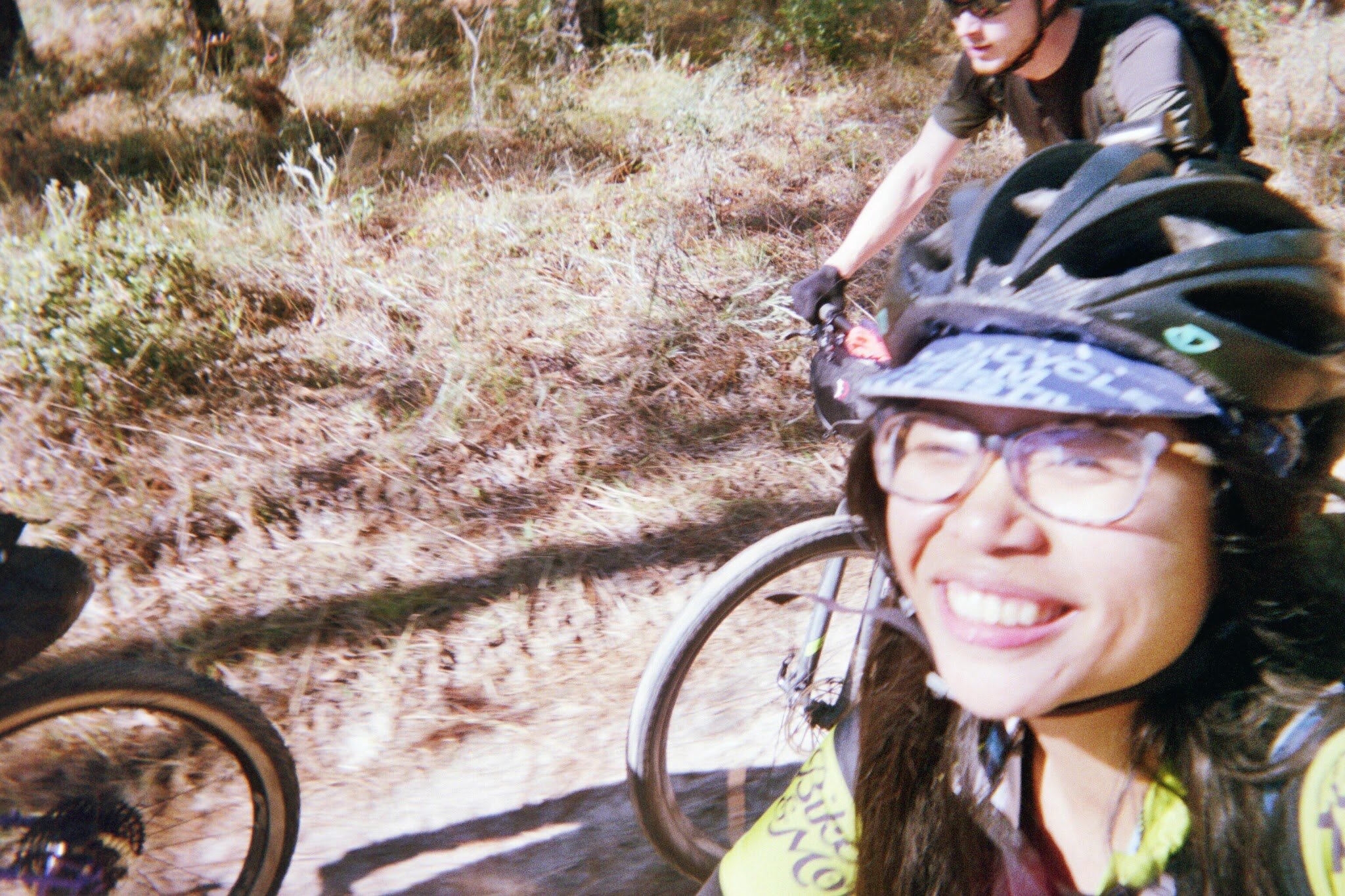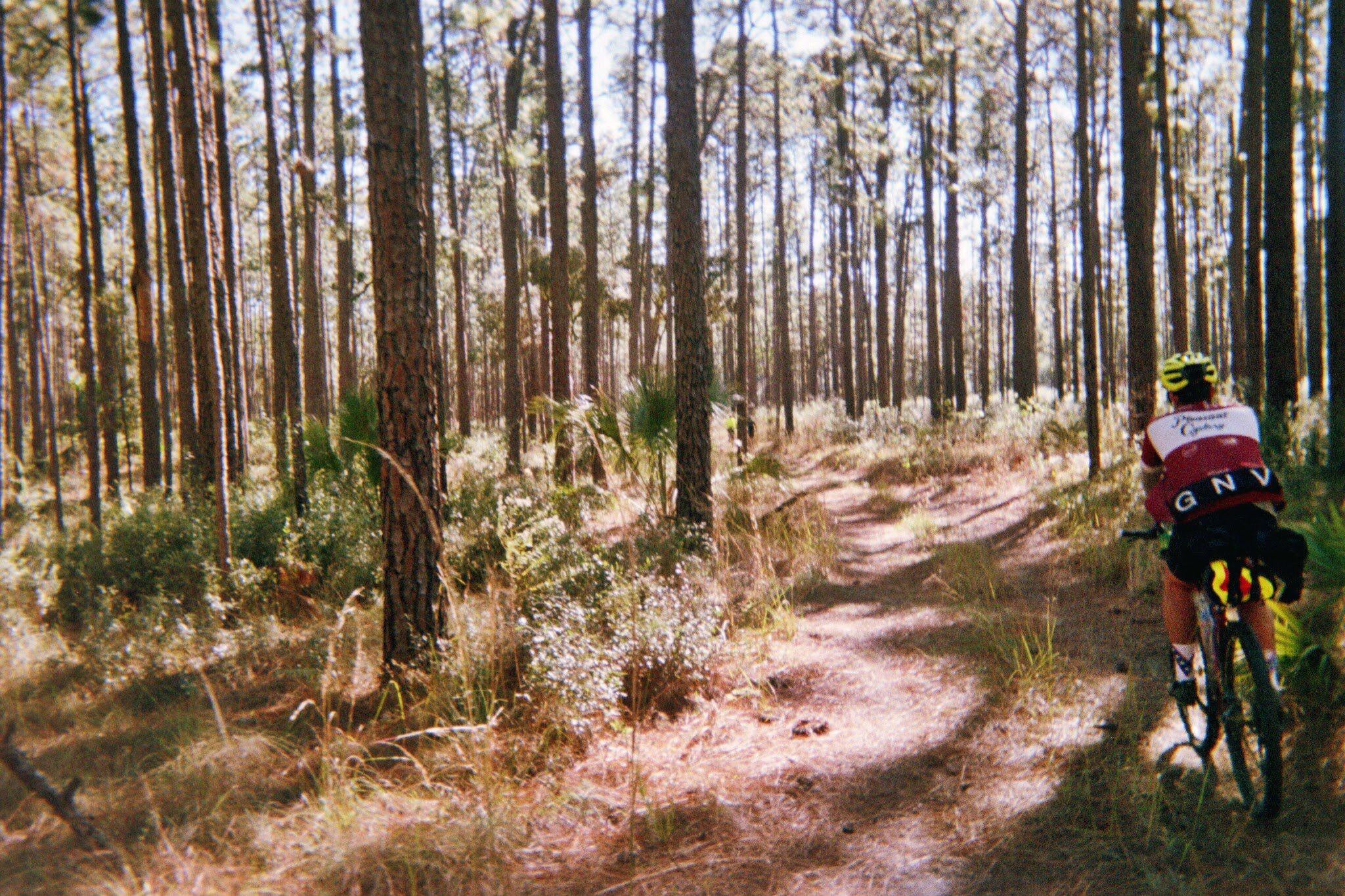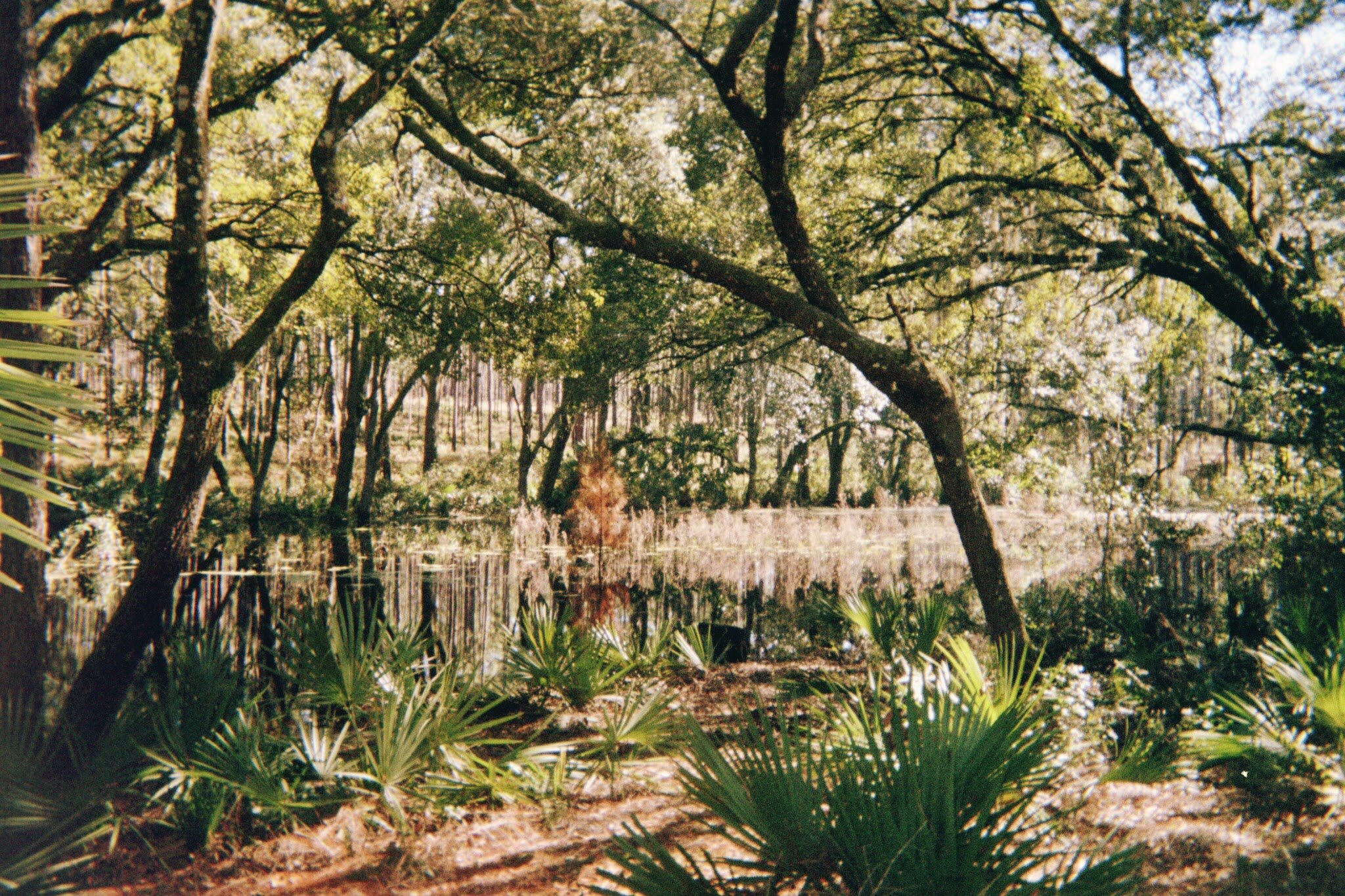Finding Florida’s Charms
The second most important lesson I learned from ultra-endurance bikepacking is that I am strong enough to exceed the physical and mental limits I perceived for myself. But the desire for challenge is what got me into this niche cycling discipline in the first place — so, no major surprises there. The first, biggest, and most unexpected lesson I learned is how to love this wild, beautiful place called Florida.
In my family of five, I was the only one who wasn’t born in the Philippines. I grew up in Jacksonville, a large metropolitan area of North Florida. Filipino culture shaped my lifestyle around getting good grades, going to church, surfing the internet, and spending time with extended family. For the most part, it was a life indoors. I never considered Florida particularly charming. I characterized this place by its suburbs, hurricanes, theme parks, alligator paraphernalia, and interstates. Until recently, I maintained this detachment from the place I call home. That perspective changed when I moved to attend the University of Florida and discovered cycling.
Riding a bike in Gainesville was practical, but over the years, it became so much more than that. It was physically challenging, liberating, sometimes meditative, other times scary — and I grew to love it. Riding through town to get to class or cruising the rail trail to the next town over, I found a vehicle that redefined how I felt about being outdoors. It relied on my strength to accelerate, and inevitably I learned my body’s potential to persevere in grueling conditions. As I realized how spending time in nature benefited me, my passive residency of the Sunshine State shifted towards an active appreciation.
Six bikes into this newfound passion, my involvement escalated from commuting to touring, racing, and mountain biking. I had already started noticing some of Florida’s better qualities during my rides, but it culminated one weekend in December 2017, when I rode the Cross Florida Individual Time Trial (CFITT) with three friends.

CFITT is a 290-mile mixed terrain endurance ride across Florida that follows the Coast-to-Coast Trail and the Marjorie Harris Carr Cross Florida Greenway. Karlos Bernart of Singletrack Samurai Productions developed a dynamic combination of both routes with off-road connections between them. His cut-throughs aggregate into a squiggly line on the map from New Smyrna Beach to Yankeetown, covering pavement, multi-use paths, singletrack, forest roads, doubletrack, and questionably abandoned trails.
The experience wouldn’t have been so memorable if it weren’t for the company I had along the way, framed by Florida’s postcard-worthy environment. We started from a beach on the Atlantic Coast and traveled the perimeter of lakes and rivers. The route passed some first-magnitude springs (the largest class of springs), which flow from Florida’s limestone aquifer. On a boardwalk overlooking Blue Spring, we watched manatees huddle for warmth along the spring run. We rode through endearingly swampy conservation areas. Oaks decorated with Spanish moss arched above us on leaf-littered trails. I cursed at the sand in the Ocala National Forest as I trudged ankle-deep along the forest roads, but the longleaf pine and palmettos surrounding us were picture perfect. We traveled across the peninsula, fueled by gas station snacks and determination.

A unique appeal of bike travel is the pace. Bicycles are efficient machines, but you’re moving slowly enough to take in more of your surroundings. Something that particularly stood out to me was crossing a bridge over the Cross Florida Barge Canal and riding past the Rodman Dam. It was beautiful, but not in the same way I thought that trails were. Instead of the unkempt arrangement of cypress trees, pines, and ferns I grew accustomed to seeing, this section of the Cross Florida Greenway looked commercial and unnatural. I made a mental note to figure out why it was there.
Information kiosks and historical markers revealed some background behind the path we were following. The 70,000-acre greenway is the former site of the Cross Florida Barge Canal, an abandoned federal project designed to connect Florida’s waterways from the Atlantic Ocean to the Gulf of Mexico. Determined to preserve the pristine Ocklawaha River, a group of activists fought against the canal’s construction and succeeded. By then, however, the river was dammed and created the reservoir we passed. Eventually, the State of Florida established recreation areas along the Greenway and named it after Marjorie Harris Carr who led the effort to stop the project.
Because of bikepacking, I have ridden until I could claim “really wants to take a shower” as part of my identity. Until I was so dehydrated and irritable that only a soda could cure my ailments. Until I collected a thousand tiny scrapes on my legs from bushwhacking after a wrong turn. And in spite of everything, with fatigued legs and sand spurs tangled in my hair, I’d proclaim how fun and unforgettable it was after the fact.
More importantly, endurance bikepacking gave me a new lens to see Florida with and sparked my curiosity in its history. I enjoyed the places I explored by bike much more after learning how they were shaped over the years by forces like land conservation efforts and economic development. If you have the opportunity to experience Florida by bike, I certainly recommend it. It might not change your life the way it changed mine, but at least it’s a pretty place to ride.

Nuts & Bolts
The Cross Florida Route and Individual Time Trial can be ridden year-round. For an up-to-date route and trail guide, check out the Singletrack Samurai for more details. Trail conditions and terrain vary according to the weather. Be mindful of factors such as hunting season and prescribed burns. There is a Facebook group of past and aspiring riders if you have specific questions about planning for the ride.
Mountain bikes are recommended for this route due to trail conditions and some technical singletrack, but skilled riders have completed it on cyclocross bikes. There are lots of supply points along the route with a couple of remote sections that require you to stock up on water beforehand. I used a hydration bladder that carried up to three liters.


